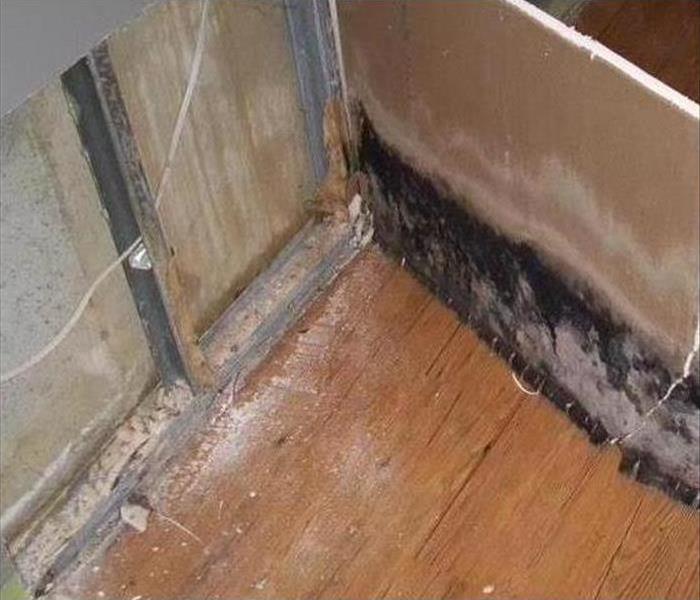Secondary Damage: Finding Mold After a Flood
1/12/2022 (Permalink)
Finding Mold After a Flood
If a storm causes water damage to your home, there are many good reasons to get the problem taken care of as soon as possible. Avoiding mold growth is one of the main benefits of quick mitigation. When many homes in Buford, GA, are affected by the same storm, however, water restoration specialists may not get to your repairs before mold starts to grow. It can take as little as 24 hours for a mold problem to begin. When that happens, the technicians may need to add mold remediation to their task list to fix the secondary damage. Here are the steps they take to do that.
1. Remove Water
Water is a major contributing factor to developing mold issues, so it makes sense that in order to combat mold, all standing water must be removed. After that happens, surfaces must be dried.
2. Isolate Affected Area
Because mold spores are airborne, the area containing the mold growth needs to be shut off from the rest of the house. This prevents it from spreading to other areas.
3. Remove Damaged Materials
Everything that the mold touches must be removed from the area. This not only includes items in the space but the parts of the structure, such as walls or flooring, that show signs of mold as well.
4. Clean the Area
Mold tends to latch on to dirt and bacteria. Disinfecting the area makes it less hospitable to any spores that are looking for a place to land.
5. Test the Area
After all visible traces of mold are removed, the problem is likely resolved. To be sure, however, experts can test the area for concentrated patches of mold to ensure that they didn't miss anything.
The best way to treat mold growth, of course, is to prevent it. If you don't get to it in time, however, experts can perform these mold remediation steps to get rid of the problem.






 24/7 Emergency Service
24/7 Emergency Service
